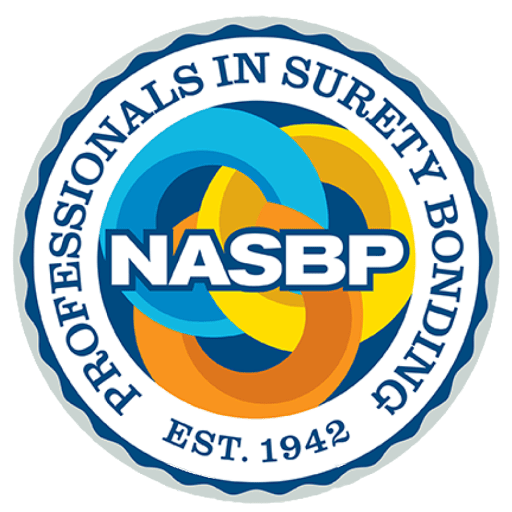By Christopher Slottee and Zach Forrester of Schwabe, Williamson & Wyatt, P.C.
Originally published January 7, 2025
On December 19, the Small Business Administration published proposed amendments to 13 CFR § 125.3 that would affect small business subcontracting. Their goal is to accelerate payments to small business subcontractors and simplify the reporting process for prime contracts. The numerous amendments would operate as follows:
- 13 CFR § 125.3 would be amended to state that it applies to prime contractors set up as a joint venture. Those would have to submit subcontracting plans, and the plan must include subcontracts from the joint venture to its members.
- Utilities purchased from a municipality (or from a utility solely authorized by a municipality to provide services in a particular geographical area) should not be included in a subcontracting base.
- Contractors would be able to use the SBA’s Dynamic Small Business Search (DSBS) as a tool to conduct market research and locate small businesses to subcontract with. Currently, contractors must take at least one of several listed options to identify and maximize small business subcontracting opportunities, such as the System for Award Management (SAM), or other specified research options. Instead, the proposed amendment would allow contractors to use the DSBS to identify potential subcontractors.
- The SBA intends to allow prime contractors to rely on the subcontractor’s primary NAICS code to determine whether the subcontract is small for (i) subcontracts under commercial subcontracting plans, (ii) subcontracts under the Micro-Purchase Threshold (MPT), and (iii) the indirect costs of subcontracts. Currently, a prime contractor must assign an NAICS code that best describes the nature of the subcontract, unless the solicitation has its own NAICS code. Allowing contractors to verify a subcontractor’s size based on the subcontractor’s own NAICS code will simplify the prime contractor’s ability to identify the size status of subcontractors for indirect costs, commercial subcontracting plans, and subcontracts under the MPT.
- Summary Subcontract Reports (SSRs) would have to be submitted to each agency whose orders result in subcontracts under a multi-agency award. The due date for SSRs would also be changed from thirty to forty-five days after the end of the government’s fiscal year, while SSRs would need only be reported to the executive-level agency, rather than to each sub-agency within the executive-level agency. Finally, a contractor’s CEO, vice president, general manager, or most senior executive for government procurement may sign SSRs. Currently, only a contractor’s president may sign them. This amendment would allow increased flexibility in the SSR process.
- The SBA intends to make it easier for subcontractors to receive past-performance ratings by adding a definition of “contract completion” to the paragraph. Currently, a subcontractor can request a past-performance rating within 30 days of contraction completion. This amendment would use FAR 4.804-4 to define when contracts are completed, which should clarify when the thirty-day period begins.
- Several changes to the rules that govern commercial subcontracting plans are proposed. First, a subcontractor would be permitted to base their plan off the Federal Government’s fiscal year, rather than their own, in order to allow SSRs to match the Federal Government’s timeline. Second, the subcontracting plan would be required to contain all revenues from subcontracting with a federal agency, even if no subcontracting plan with that agency exists. Finally, a subcontractor would be permitted to use their primary NAICS code to determine whether they qualify as a small business.
- The time frame for prime contractors to notify contracting officers, in writing, of untimely payments to subcontractors would be changed to 30 days. Prime contractors are currently required to provide notice within 90 days. Shortening the time period would encourage timely payments to subcontractors upon completion of their terms of the subcontract.
- The regulation clarifies that the “percentage goal” of a subcontracting plan is what the contractor must meet, regardless of whether the goal is based on total contract value or on total subcontracting.
- The term “large” would be replaced with “other than small” to ensure the section applies not only to large businesses, but also to organizations, public utilities, and state and local governments.
- A new paragraph would be added to require negative CPAR ratings if a prime contractor fails to pay subcontractors in a timely fashion without a justified reason. Furthermore, if a prime contractor unjustifiably fails to pay a subcontractor, the contracting officer would be required to work with the contractor to ensure timely payment.
Commercial Market Representatives would be allowed to use DSBS as a market research tool alongside SAM. - Virtual compliance reviews would be permitted due to the increase in hybrid and videoconferencing technologies. The amendment would remove the term “on site” and also permit follow-up reviews within a year after a compliance review, rather than the “six to eight month” timeline currently specified.
- Prime contractors would have 45 days, rather than the current 30 days, to submit written corrective action plans following marginal or unsatisfactory compliance report ratings.
The SBA is proposing to clarify when prime contractors are required to submit small business subcontracting accomplishment reports. The rule would require such reports only when order-level goals are required, and not at other times.
The SBA will be accepting comments on the proposed amendments through February 18, 2025. You may submit comments through the Federal eRulemaking Portal or by emailing Kunmi.Ageh@sba.gov and identifying RIN 3245-AI09.
This article summarizes aspects of the law. This article does not constitute legal advice. For legal advice regarding your situation, you should contact an attorney.
Christopher Slottee is an Industry Group Leader at Schwabe. He has over 15 years of experience handling complex commercial, corporate, and litigation matters, specifically working with Alaska native corporations, Alaska native corporation settlement trusts, and tribal governments. He provides guidance related to the Small Business Administration’s (SBA) small business programs, including SBA’s Section 8(a) and HUBZone Business Development Programs, and have advised clients regarding 8(a) and small business joint ventures, regulatory compliance with the Federal Acquisition Regulations, requests for equitable adjustment and claims, and provided strategic advice regarding the utilization of the SBA’s small business programs. Slottee can be reached at cslottee@schwabe.com or 907.339.7130.
Zach Forrester is an Associate with Schwabe, Williamson & Wyatt, P.C. His practice serves a diverse range of individuals and businesses throughout Alaska, offering legal counsel and court representation. He can be reached at zforrester@schwabe.com or 907.339.7146.
Get Important Surety Industry News & Info
Keep up with the latest industry news and NASBP programs, events, and activities by subscribing to NASBP Smartbrief.




